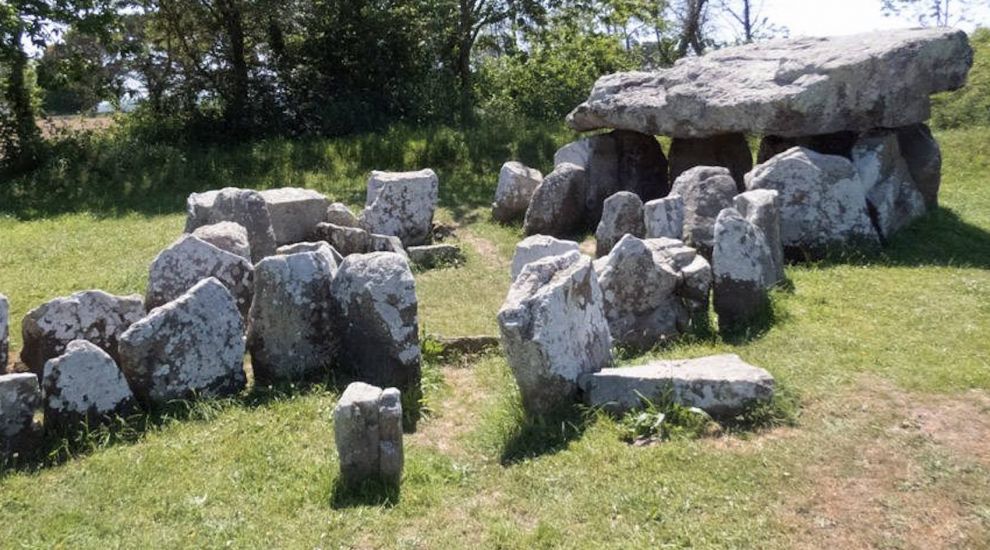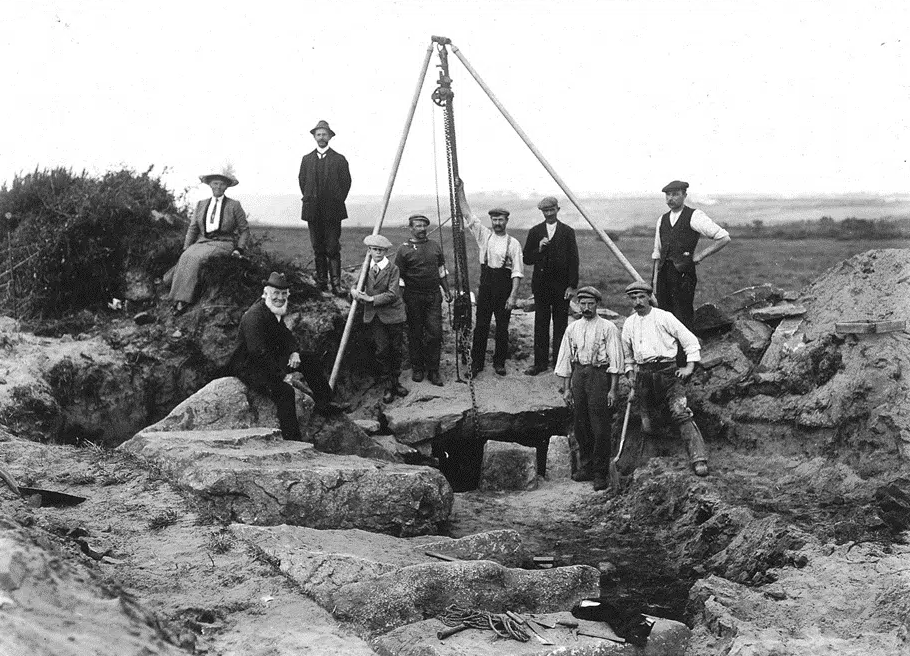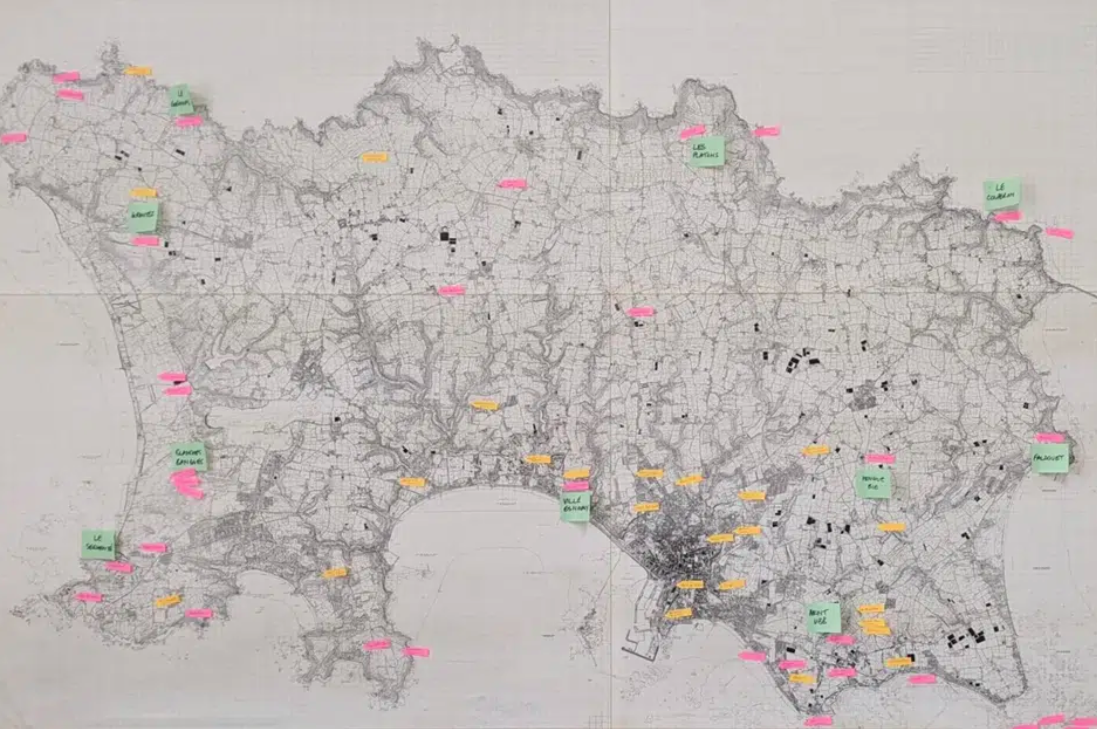


Islanders living near Neolithic sites are being encouraged to check their gardens as part of a project to help fill gaps in our knowledge of the island between 4,000 and 6,500 years ago.
Launched by the Archaeology Section of the Société Jersiaise, the 'Neolithic Neighbours' initiative encourages those who live in properties adjoining major sites around the island whether they have ever found items in their gardens from the Megalithic period, which dates from the Neolithic Stone Age to the early Historical Period (approximately 2500 BC to AD 200).
Archeology Section Chair, Marc Yates explained that because of the influence of Neolithic people over a period of almost 3,000 years, there were potentially many more things still to be discovered.
"It really is the case that we are hoping that neighbours of our sites have found archaeology in their own gardens," he said.
"Hopefully we will have some exciting discoveries along the way. Perhaps we will locate a site or sites where we can confidently say this is where Neolithic people lived, ate and slept in their houses or huts. That would really be something and fill in a huge gap we presently have."

Pictured: Mont Grantez dolmen being excavated in 1912. (Société Jersiaise)
The project is part of a wider initiative – launched as part of the Société Jersiaise’s 150th anniversary celebrations – to review discoveries made at the island’s Neolithic landscapes and undertake new surveys, including using modern technology.
Over its lifetime, Société Jersiaise has acquired several important archaeological sites to protect and preserve for future research.
Its collection of Neolithic sites – dolmens, menhirs and standing stones erected by the first farmers in the region – constitute a significant source of knowledge about the period.
But it is hoped that there may be more that lie undiscovered and that their existence might be pinpointed by objects found by islanders.
Typically, surviving artefacts include stone tools fashioned from flint, or larger stones used as hammer stones, or as implements with which to grind grain to make flour.
While pottery made in the period is not as strong as modern fired clays, it can also survive and provides a tantalising insight into how the Neolithic people lived.

Pictured: A map flagged with some of the known Neolithic sites. (Société Jersiaise)
The Société’s field archaeologist, Hervé Duval-Gatignol, explained that the latest technology would be used to help reappraise their sites.
"Modern archaeological techniques have developed considerably since any significant archaeology was done on the Société’s sites many years ago and revisiting that archaeology is very likely to produce evidence to enhance our knowledge," he said.
"Modern geophysical equipment has hardly ever been used in the island and we plan to use it extensively in the project."
At the launch on 30 April, Nicky Westwood, president of the Société, said it was fitting, because of the amount of archaeology relating to the period that they had undertaken in their history, that new research should be launched in their 150th anniversary year.
She explained: "We are now starting the next 150 years and it is also fitting that we are launching the project on European Day of Megalithic Culture, in recognition that our Neolithic history and archaeology is mirrored across many parts of Europe."
Comments
Comments on this story express the views of the commentator only, not Bailiwick Publishing. We are unable to guarantee the accuracy of any of those comments.